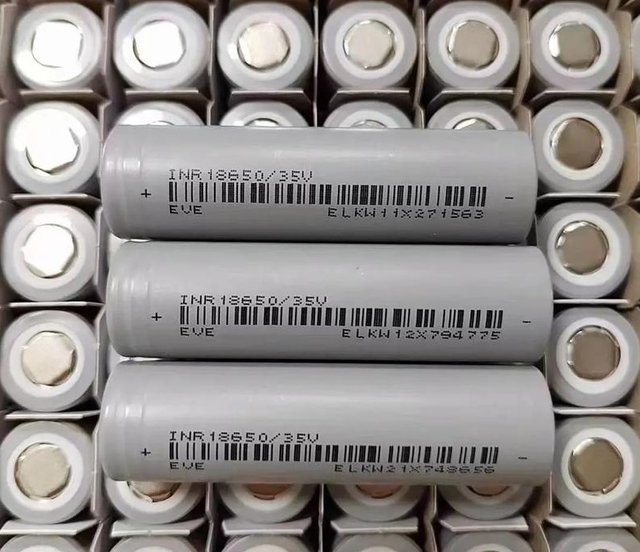
Battery capacity is one of the important indicators of battery quality and a key factor in battery lifespan. The larger the battery capacity, the more electricity it can store, and the longer it can be used. When we purchase electronic devices, we often pay attention to their battery capacity. A higher battery capacity allows electronic devices to be used for a longer time after a single charge, reducing the frequency of charging and improving efficiency.
Common capacities for electric vehicle batteries are 12Ah, 20Ah, 24Ah, and even 32Ah, 50Ah, and 60Ah. There are two common types of electric vehicle batteries on the market: lead-acid batteries and lithium batteries. Among them, lithium batteries are commonly available in 48V and 72V, with a typical capacity of 30Ah.
Lead-acid batteries generally have voltages of 36V and 48V. The common capacity for 36V batteries is often 12Ah, occasionally 14Ah or 20Ah. As for 48V batteries, common capacities include 12Ah, 14Ah, with some outliers at 24Ah or 32Ah.
Considerations for electric vehicle batteries:
Avoid storing batteries in a discharged state: A discharged state refers to not charging the battery promptly after use, resulting in insufficient charging and decreased battery capacity. The longer the battery is left in a discharged state, the more severe the damage. When the battery is not in use, it should be charged every half month to prolong its lifespan.
Regular inspection is necessary: If the range of an electric bicycle suddenly drops by tens of kilometers in a short period, it may indicate issues such as battery cell breakage, softening of the plates, or shedding of active materials, leading to short circuits. In such cases, prompt inspection and repair by a professional battery repair center are necessary.
Avoid high-current discharges: When starting, carrying passengers, or climbing slopes with an electric bicycle, it's best to use pedal assistance to avoid sudden high-current discharges. High-current discharges can lead to lead sulfate crystallization, damaging the physical properties of the battery plates.
Control charging time: Typically, batteries are charged overnight, with an average charging time of about 8 hours. If the battery is lightly discharged (resulting in a very short travel distance after charging), it will quickly reach full charge, leading to overcharging, which causes overheating and reduces battery lifespan. Therefore, it's best to charge the battery when it reaches a depth of discharge of 60%–70% (loses two bars), and adjust the charging frequency based on actual usage to avoid damaging charging practices.
Prevent exposure to high temperatures: High temperatures increase internal pressure in batteries, causing pressure relief valves to open automatically, leading to increased water loss. Excessive water loss leads to decreased battery activity, accelerated plate softening, and various damaging effects such as heating, swelling, and deformation during charging.
In winter, charge the battery indoors after warming it for two hours.
It's worth noting that larger battery capacity generally implies higher range and longer usage time. However, larger capacity batteries may require longer charging times and may have higher weight and size. Therefore, when choosing a battery, it's necessary to balance and select based on device requirements and actual usage conditions.